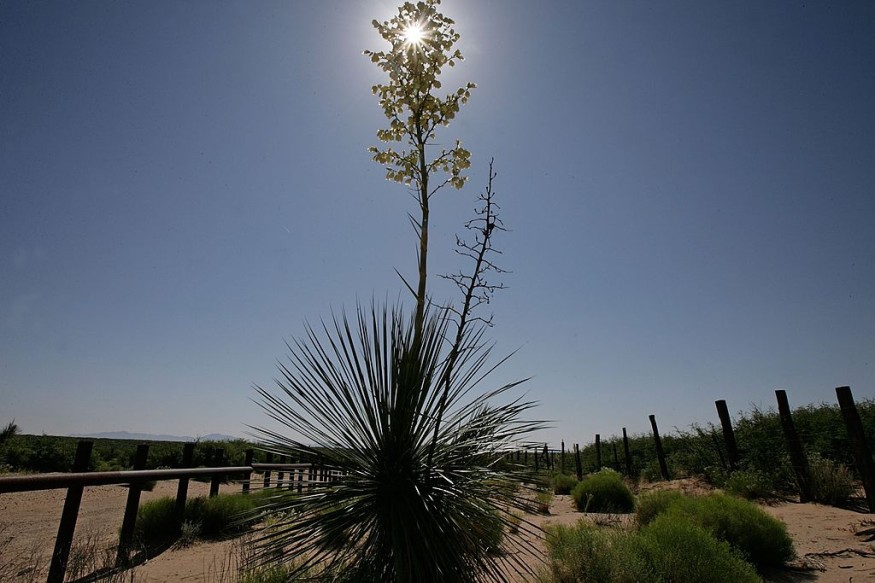Most people forget that poaching is not limited to just the killing or capturing of endangered animals. Plants are just as much in similar dangers, especially when they are rare and highly sought out.
In fact, such is the case for many of the exotic flora found in Richtersveld, a vulnerable desert landscape in South Africa.
Richtersveld - South Africa's desert miracle
The area occupies a very unique spot as a mountain desert located near the coast. With this location comes rare climate interactions that have resulted in some of the most peculiar plantlife that could not be found anywhere else in the world.
And for years, researchers have been mystified by the abundance of different plant species despite all the harsh, arid conditions. Each area of the desert has some variation of environmental conditions.

Among these include dozens of colorful aloe species such as Argyroderma fissum, a succulent with green, finger-shaped stems but contrasted with bright, pink-violet flowers.
Others, like Strumeria bidentate, baffle botanists with strange adaptations (in this case, its ability to bend over and plant its own seeds to prevent their dehydration). There are also spider-like cacti covered in numerous spines that are meant to catch large amounts of dew for moisture.
Alas, all these colorful species also attract the eye of poachers lured by the promise of payment from the black market. This has led to an alarming decline in many of these endemic plants. The underground demand for exotic, never-before-seen desert flowers has grown considerably in Europe and certain parts of Asia.
Much of it has been driven by wealthy criminal collectors attracted by their beauty and unusual appearance (despite the fact that these plants would likely die in captivity, away from their ideal conditions in the wild). The use of some rare plants in traditional medicine also contribute to the problem.
Climate change threatens South Africa's desert plant hotspot
Another cause of the decline are the volatile conditions that have been brought about by climate change. Across Africa, the effects of global warming are already being witnessed by increasingly difficult farming conditions and impoverishing local communities.
And for the sensitive plants of Richtersveld, the drying earth is bad news for them as well. Despite the adaptations of some of the hardier species, others have only been able to thrive because of delicate balance in atmospheric conditions.
For instance, rainfall has notably declined in the desert but the winds have shown no signs of letting up. This leads to greater loss of topsoil as well as declining, life-sustaining moisture. All the while the worsening agricultural conditions make it far more tempting for the poor to resort to plant poaching.
All in all, it would take a considerable amount of effort to change the trend and save all of these one-of-a-kind botanical wonders. Countries must continue to drive climate action, while local governments clamp down on illegal plant trades as they do with attacks on endangered wildlife. These are the backbone of irreplaceable biodomes. And if they disappear, everything else may follow.
Also read: Magic Mushroom Compound Can Be the Future Treatment for Depression
© 2025 NatureWorldNews.com All rights reserved. Do not reproduce without permission.





